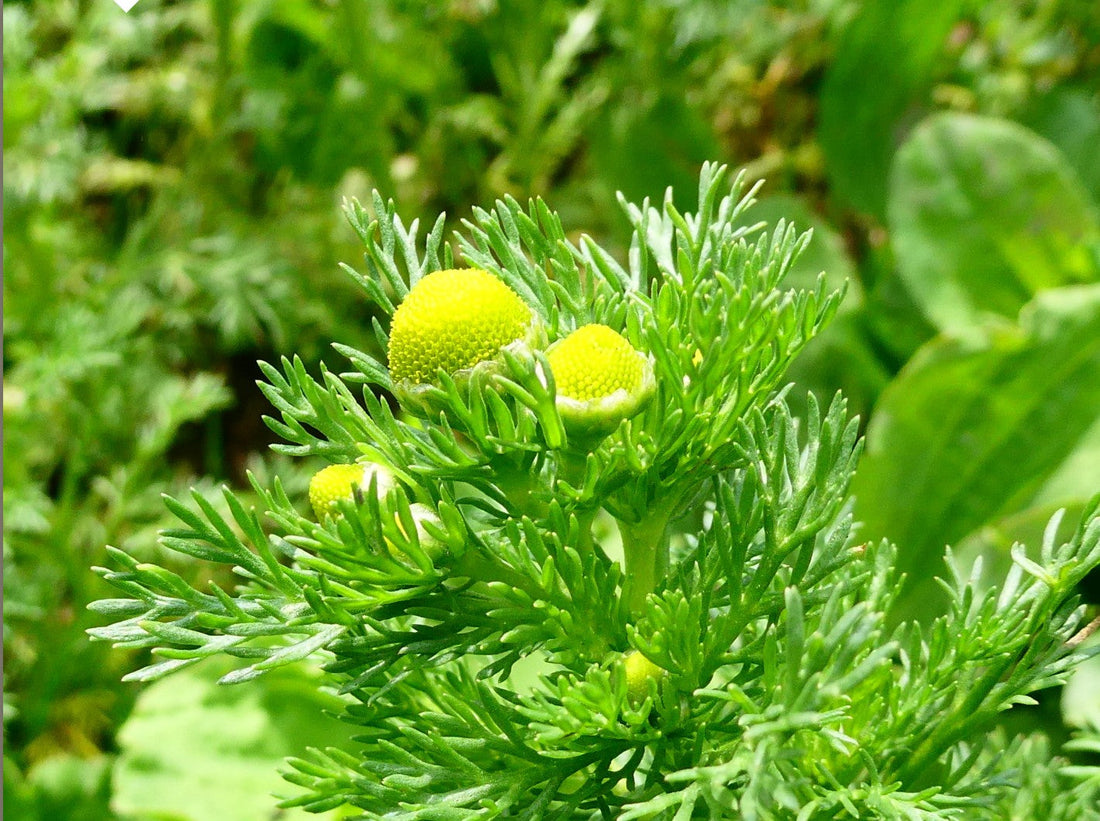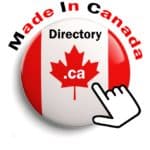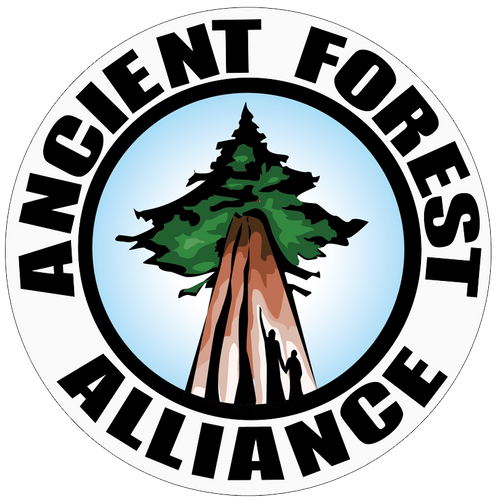
The Humble Treasure Underfoot: Discovering Pineapple Weed in Canada
Share
The Humble Treasure Underfoot: Discovering Pineapple Weed in Canada
Look down on your next walk along a gravel path, driveway edge, or sunny roadside in Canada. Amidst the cracks and compacted soil, you might spot a low-growing, unassuming plant with feathery leaves and tiny, dome-shaped yellow-green flower heads. Crush one gently between your fingers, and a delightful, unmistakable aroma fills the air – pure, sweet pineapple! You’ve just met Pineapple Weed (Matricaria discoidea), one of Canada's most charming and accessible wild edibles.
What Is Pineapple Weed?
Pineapple weed is a resilient annual plant native to northeastern Asia but now naturalized across North America, including all provinces and territories of Canada. It thrives in disturbed ground – think walkways, driveways, fields, roadsides, and riverbanks. This member of the Asteraceae (daisy) family is closely related to chamomile but stands out for its unique features:
- Appearance: Grows 5-30 cm tall. Finely divided, feathery leaves resemble those of its chamomile cousins.
- Flowers: Its most distinctive feature! Lacking the typical white ray florets (petals) of many daisies, pineapple weed produces small (5-10 mm wide), conical, button-like flower heads composed solely of tightly packed yellow-green disc florets. This gives it a solid, dome-shaped look.
- Scent: The defining characteristic. Crushing the leaves or flower heads releases a potent, sweet, fruity fragrance remarkably similar to fresh pineapple.
What Does Pineapple Weed Do? Friend or Foe of the Ecosystem?
Far from being a harmful invasive, pineapple weed is generally considered a beneficial pioneer species in Canada:
- Soil Stabilizer: Its quick growth helps hold loose, disturbed soil in place, preventing erosion.
- Pollinator Powerhouse: This is crucial! The small, dense flowers are a vital source of pollen (though they produce little nectar) for a wide range of tiny native pollinators, especially solitary bees, hoverflies, and beetles, particularly in early to mid-summer when other sources might be scarce.
- Low Competition: It readily colonizes harsh environments (compact soil, full sun, low nutrients) where many other plants struggle, adding greenery without aggressively outcompeting established native flora in undisturbed habitats. It's generally not harmful to the ecosystem in its naturalized range.
Important Reminder #1: While harvesting some is fine, remember that those little green buttons are a critical food source for tiny pollinators. Never strip an area completely. Always leave plenty of flowers behind, especially in areas with limited pollinator forage.
Don't Mistake the Mate: Common Look-Alikes and Positive ID
Foraging demands accurate identification. Pineapple weed has a couple of common look-alikes:
- Scentless Mayweed / Dog Fennel (Tripleurospermum inodorum or Anthemis cotula):
- Similarities: Feathery leaves, similar growth habit and habitat.
- Differences: KEY! Mayweeds lack the sweet pineapple scent when crushed. Instead, they often have a strong, unpleasant, acrid or "foetid" smell (especially Anthemis cotula). They also usually (but not always) have small white ray florets (petals) surrounding the central yellow disc. Their flower heads are typically larger and flatter than pineapple weed's distinct dome.
- Wild Chamomile (Matricaria chamomilla / Chamaemelum nobile):
- Similarities: Very similar feathery leaves, related genus, chamomile scent.
- Differences: True chamomiles have prominent white ray florets (petals) surrounding a larger, more conical yellow disc. Their scent is distinctly apple-like or chamomile, not pineapple. They are also less common in compacted urban/disturbed sites than pineapple weed.
Positive Identification Strategy:
- Location: Found in compacted, disturbed soil (paths, driveways, roadsides)?
- Flower: Small (pea-sized or smaller), solid, dome-shaped, yellow-green, NO white petals?
- Scent Test (CRITICAL): Crush a leaf or flower head. Does it smell strongly and sweetly of PINEAPPLE? If yes, you've found it! If it smells bad or like nothing, avoid it. If it has white petals, it's not pineapple weed.
Golden Rule: If in doubt, leave it out! Never consume a plant you haven't positively identified.
A Taste of Tradition: Historical Uses
Pineapple weed's pleasant aroma and kinship to chamomile made it a valuable resource for Indigenous peoples and early settlers across North America, including Canada:
- Medicinal Tea: Primarily used as a calming digestive tea to soothe stomach aches, gas, and colic, much like chamomile. Also used to promote relaxation and sleep.
- Topical Relief: Infusions were applied as washes or compresses for minor skin irritations, insect bites, and sore eyes.
- Culinary Flavoring: The flowers and leaves were used fresh or dried to flavor beverages, syrups, and desserts.
The Canadian Forager's Guide to Pineapple Weed
Sustainable Harvesting (The MOST Important Step):
- Permission & Location: Only harvest from areas you have permission to forage. Avoid busy roadsides due to pollution (exhaust, herbicides, dog waste). Choose quieter paths, trails, or the edges of organic fields/gardens.
- Target Abundant Patches: Only harvest where the plant is clearly thriving and plentiful.
- Leave PLENTY for Pollinators: This cannot be overstated. Never take all the flowers from a patch or even a single plant. Harvest sparingly, taking only a small percentage of the available flowers (e.g., 1 in 5 or less). Focus on leaves and stems if pollinators are active.
- Gentle Picking: Pinch or snip off flower heads and leaves carefully. Avoid uprooting the plant, as it's an annual but can reseed.
- Timing: Harvest leaves and stems when young and tender (spring/early summer). Harvest flower heads when they are plump, bright green, and fully formed, usually mid-summer. Avoid flowers turning brown.
Preservation:
- Drying: This is the easiest and most common method. Spread flower heads and leaves thinly on a screen or paper bag in a warm, dry, dark, well-ventilated area. Or use a dehydrator on a very low setting (95-105°F / 35-40°C). They dry quickly. Store in airtight jars in the dark.
- Freezing: Finely chop fresh leaves and pack into ice cube trays, covered with water or a neutral oil. Freeze, then transfer cubes to a bag.
- Infusions: Make pineapple weed vinegar, syrup, or honey by steeping fresh flowers in the liquid.
Using Your Harvest:
- Flowers:
- Tea: The superstar use! Use 1-2 tsp dried flowers (or a small handful fresh) per cup of hot water. Steep 5-10 minutes. Delicious hot or iced, plain or sweetened. Aids digestion and promotes relaxation.
- Culinary: Sprinkle fresh or dried flowers on salads, fruit salads, desserts, or into baked goods for a unique pineapple flavor. Use in syrups for cocktails or sodas. Infuse into sugar or salt.
- Leaves and Stems:
- Fresh: Young, tender leaves add a mild pineapple note to salads, sandwiches, or as a garnish.
- Cooked: Can be lightly sautéed or added to stir-fries, though use sparingly as flavor intensifies.
- Infused Oil/Salve: Infuse dried leaves and flowers in oil (like olive or sweet almond) for several weeks. Strain and use the oil directly or make into a soothing salve for dry skin (note: primarily for skin comfort, not strong medicinal claims).
A Final Sip of Wisdom
Pineapple weed is a delightful gift from the edges, a reminder that beauty and utility often thrive in overlooked places. Its sweet pineapple perfume is an invitation to connect with the wild plants sharing our urban and rural landscapes. As you venture out to discover this humble treasure, let the core principles of foraging guide you:
Important Reminder #2:
- Pollinators First: Those tiny green flowers are a lifeline for bees and flies. Harvest minimally and mindfully, always leaving the vast majority behind.
- Positive ID is Non-Negotiable: Mistaking it for scentless mayweed could lead to an unpleasant experience. Always crush and smell!
- Location Matters: Avoid polluted areas. Respect private property.
- Sustainability is Key: Take only what you need, ensure the patch thrives, and leave no trace beyond your gentle harvest.
So, next time you're walking a Canadian path, look down, crush a tiny green dome, and breathe in the sweet smell of wild pineapple. With respect and care, you can enjoy this unique and flavorful gift of the Canadian summer. Happy (and ethical) foraging!

